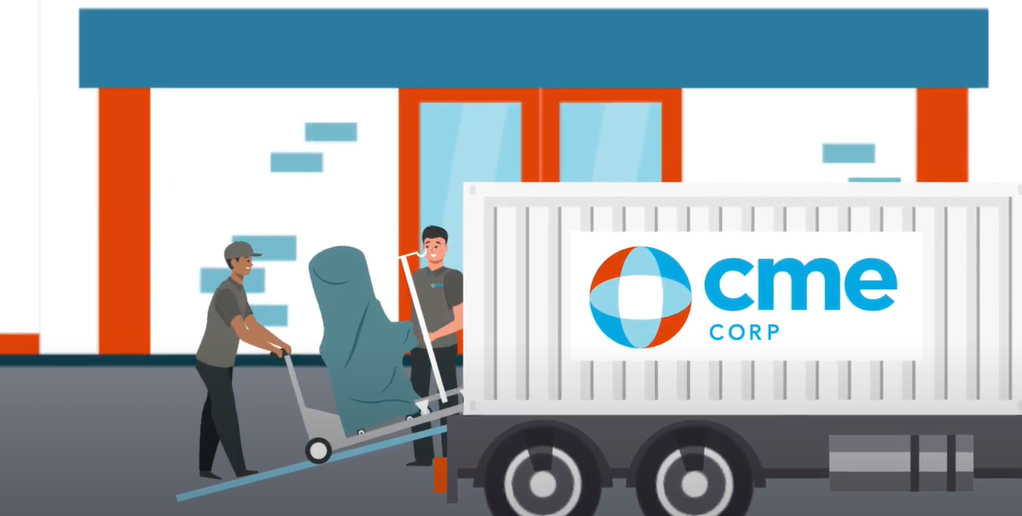Buying new equipment, fully warranted from the manufacturer, has always been the preferred course for most healthcare facilities’ purchasing departments. Increased lead times, raw material shortages, and rising prices have prompted supply chains to look at more readily available and less expensive refurbished or used equipment. There are many things to consider when looking to purchase refurbished or used equipment. The first thing to know is the difference between refurbished and used. Refurbished equipment is previously owned equipment restored to the original manufacturer’s standards. Used equipment implies that the equipment comes “as is”. Refurbished is usually preferred over used equipment. Here are three other issues to clarify prior to purchasing.
Qualify and Quantify
A new piece of equipment can come with multiple components, software, and accessories that are necessary to make it perform correctly. Do your research to find out all of the components that come with a new piece of equipment and verify that those same components are included with the refurbished piece of equipment. Communication between the end-user and the hospital purchasing department on the correct product configuration needed is key. Making sure software is up-to-date is also important.
Most people assume they will be getting a discount on a used piece of equipment. Do that research as well, to make sure you are getting that discount. When you purchase new, what does the price include? Shipping, delivery, installation, trash removal, and a warranty sometimes are included with the new equipment. Make sure you are comparing apples to apples when comparing prices, as unexpected additional fees, often covered in a new purchase, may make used or refurbished equipment less attractive.
Condition of the Equipment
If the seller of a refurbished piece of equipment can provide a history of its use, make sure to ask for it. This can help you ascertain the unit’s condition. If it were purchased but never used, that would be the best scenario. If the piece of equipment was in an ER for 10 years, it might be more than a little beat up! Also, ask to see pictures, preventive maintenance records, testing results, and manufacturer certification if available. Verifying the condition of used equipment is a critical step ahead of purchasing.
Warranty Availability
This could be the most important aspect when considering buying refurbished equipment. Warranties can vary from no time to three years, depending on where you purchase the equipment. What is included in the warranty? What is the return policy if you are not satisfied? What are your liabilities if you have to return the unit? Buying used equipment is a risk and having a good warranty and return policy can help mitigate that risk.
To conclude, do your research thoroughly. Communicate with your end-user to make sure you purchase exactly what they need. Compare all the costs, making sure you account for everything that is included with a new piece of equipment and quantify the extra costs associated with a used piece of equipment (shipping, delivery, installation, removal of trash, and warranty). Buy from a qualified reseller, getting references from that reseller and calling those references. Make sure you can return the product if it does not meet your expectations. You might also ask your equipment distributor partner for other product alternatives for your comparison. Buying refurbished or used equipment could be your best pathway and doing a comprehensive analysis ahead of the purchase is crucial.
CME Corp can help with your analysis concerning new vs. refurbished equipment. Visit our website or call 800-338-2372 to schedule a consultation with your local account manager.
About CME: CME Corp is a full-service healthcare equipment and turn-key logistics company providing personalized support and service. With service centers nationwide, CME offers more than two million medical products from a total of over 2,000 manufacturers. CME is a healthcare system's complete equipment solution by providing product selection, sales, warehousing, assembly, staging, direct-to-site delivery, installation, and biomedical services for all its equipment.


.png?height=100&name=Cindy%20Headshot%20(2).png)
